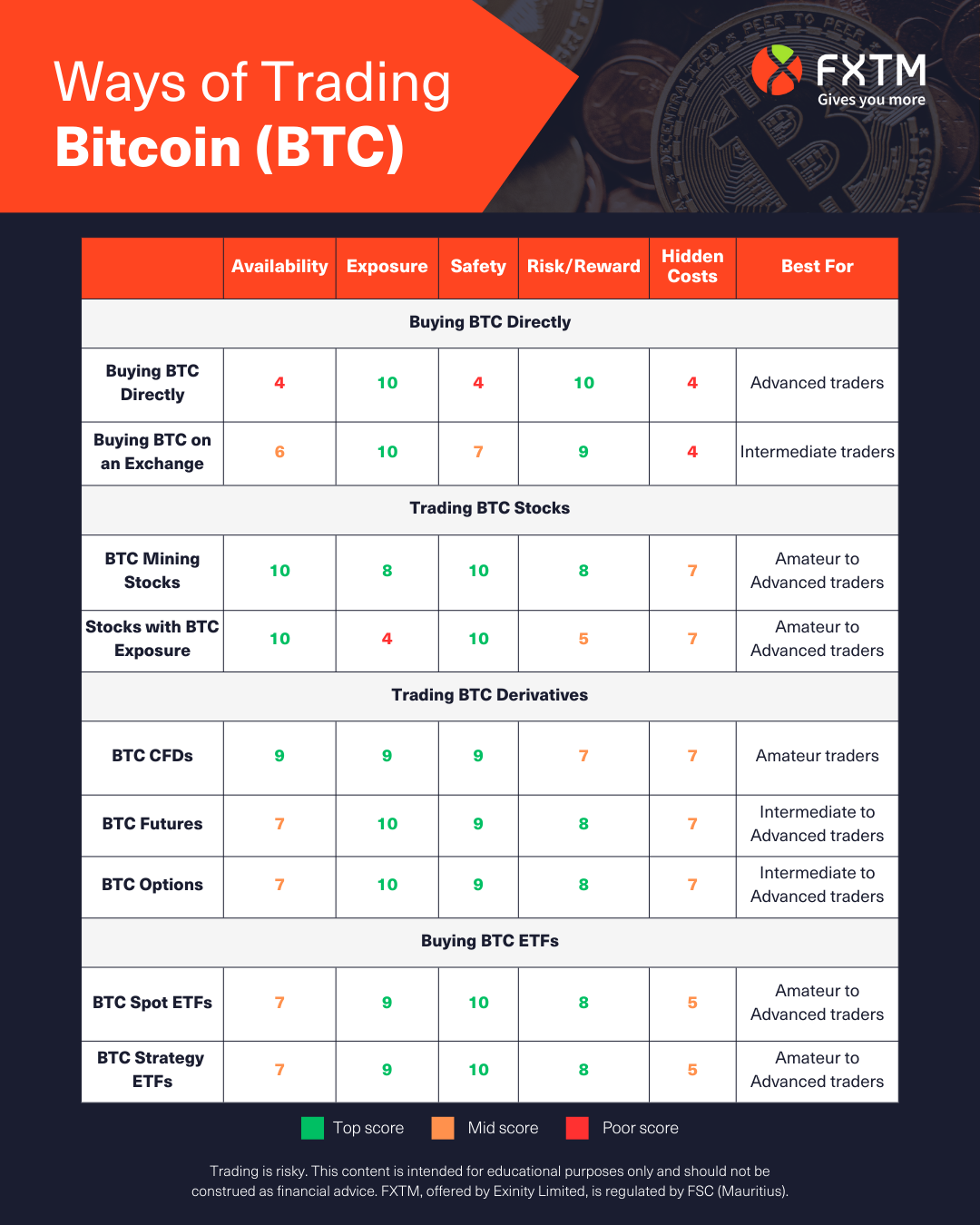The world of online trading has been revolutionized by the emergence of cryptocurrencies‚ and among them‚ Bitcoin stands out as a pioneer and a dominant force. Trading with Bitcoin offers a unique opportunity to diversify investment portfolios and potentially achieve significant returns. However‚ navigating the complexities of the cryptocurrency market requires careful planning‚ a solid understanding of market dynamics‚ and a well-defined investment strategy. This article explores the intricacies of trading with Bitcoin and how to formulate effective investment plans in the online trading landscape.
Understanding Bitcoin Trading
Bitcoin trading involves buying and selling Bitcoin with the aim of profiting from price fluctuations. Unlike traditional assets‚ Bitcoin operates 24/7‚ offering continuous trading opportunities. However‚ this also means increased volatility‚ requiring traders to be vigilant and adaptable.
Key Considerations Before Trading
- Risk Tolerance: Assess your risk appetite. Bitcoin trading can be highly volatile.
- Market Research: Stay informed about market trends‚ news‚ and regulatory developments.
- Trading Platform: Choose a reputable and secure trading platform.
- Investment Strategy: Develop a clear investment plan with defined goals and risk management strategies.
Developing Investment Plans for Bitcoin Trading
A well-structured investment plan is crucial for success in Bitcoin trading. This plan should outline your investment goals‚ risk tolerance‚ and trading strategies.
Defining Your Investment Goals
What do you hope to achieve through Bitcoin trading? Are you looking for short-term gains or long-term growth? Defining your goals will help you determine the appropriate investment strategy and risk level.
Risk Management Strategies
Risk management is paramount in Bitcoin trading. Implement strategies such as:
- Stop-Loss Orders: Limit potential losses by automatically selling Bitcoin if the price falls below a certain level.
- Diversification: Don’t put all your eggs in one basket. Diversify your cryptocurrency portfolio.
- Position Sizing: Determine the appropriate amount of Bitcoin to trade in each position based on your risk tolerance.
The volatile nature of Bitcoin requires a disciplined approach to risk management. Understanding technical analysis and fundamental analysis can significantly improve your trading decisions.
Choosing a Trading Platform
Selecting the right trading platform is essential for a smooth and secure trading experience. Consider factors such as:
- Security: Look for platforms with robust security measures to protect your funds.
- Fees: Compare trading fees across different platforms.
- User Interface: Choose a platform with a user-friendly interface that is easy to navigate.
- Liquidity: Opt for platforms with high liquidity to ensure quick and efficient order execution.
FAQ: Bitcoin Trading
Here are some frequently asked questions about Bitcoin trading:
- Is Bitcoin trading legal? Yes‚ Bitcoin trading is legal in many countries‚ but regulations vary.
- How much money do I need to start trading Bitcoin? You can start with a small amount‚ as many platforms allow fractional Bitcoin purchases.
- What are the risks of Bitcoin trading? The main risks include price volatility‚ regulatory uncertainty‚ and security breaches.
- How do I learn more about Bitcoin trading? There are numerous online resources‚ courses‚ and communities dedicated to Bitcoin trading.
Advanced Trading Strategies
Beyond the basics‚ several advanced trading strategies can be employed to potentially enhance returns and manage risk more effectively. These strategies require a deeper understanding of market analysis and trading tools.
Arbitrage Trading
Arbitrage involves exploiting price differences of Bitcoin across different exchanges. By simultaneously buying Bitcoin on one exchange where it’s cheaper and selling it on another where it’s more expensive‚ traders can profit from the price discrepancy. This strategy requires quick execution and access to multiple exchanges.
Scalping
Scalping is a high-frequency trading strategy that aims to profit from small price movements. Scalpers execute numerous trades throughout the day‚ holding positions for only a few seconds or minutes. This strategy requires a high level of focus‚ discipline‚ and access to real-time market data.
Swing Trading
Swing trading involves holding positions for several days or weeks‚ aiming to capture larger price swings. Swing traders rely on technical analysis to identify potential entry and exit points. This strategy requires patience and the ability to withstand short-term market fluctuations.
The Future of Bitcoin Trading
The landscape of Bitcoin trading is constantly evolving. As the cryptocurrency market matures‚ we can expect to see increased institutional participation‚ greater regulatory clarity‚ and the development of more sophisticated trading tools and strategies.
Institutional Adoption
The increasing interest from institutional investors is a significant trend in the Bitcoin market. Institutional adoption brings greater liquidity‚ stability‚ and legitimacy to the market.
Regulatory Developments
Regulatory developments will play a crucial role in shaping the future of Bitcoin trading. Clear and consistent regulations can foster greater confidence and attract more participants to the market.
Technological Advancements
Technological advancements‚ such as artificial intelligence and machine learning‚ are transforming the way Bitcoin is traded. These technologies can be used to analyze market data‚ identify trading opportunities‚ and automate trading strategies.
Ultimately‚ the key to success in trading with Bitcoin lies in continuous learning‚ adaptation‚ and a commitment to responsible risk management. As the market evolves‚ traders must stay informed‚ refine their strategies‚ and embrace new technologies to remain competitive. Remember that the journey of trading with Bitcoin is a marathon‚ not a sprint‚ and consistent effort is key; To reiterate‚ trading with Bitcoin requires careful planning and execution for potential success.

